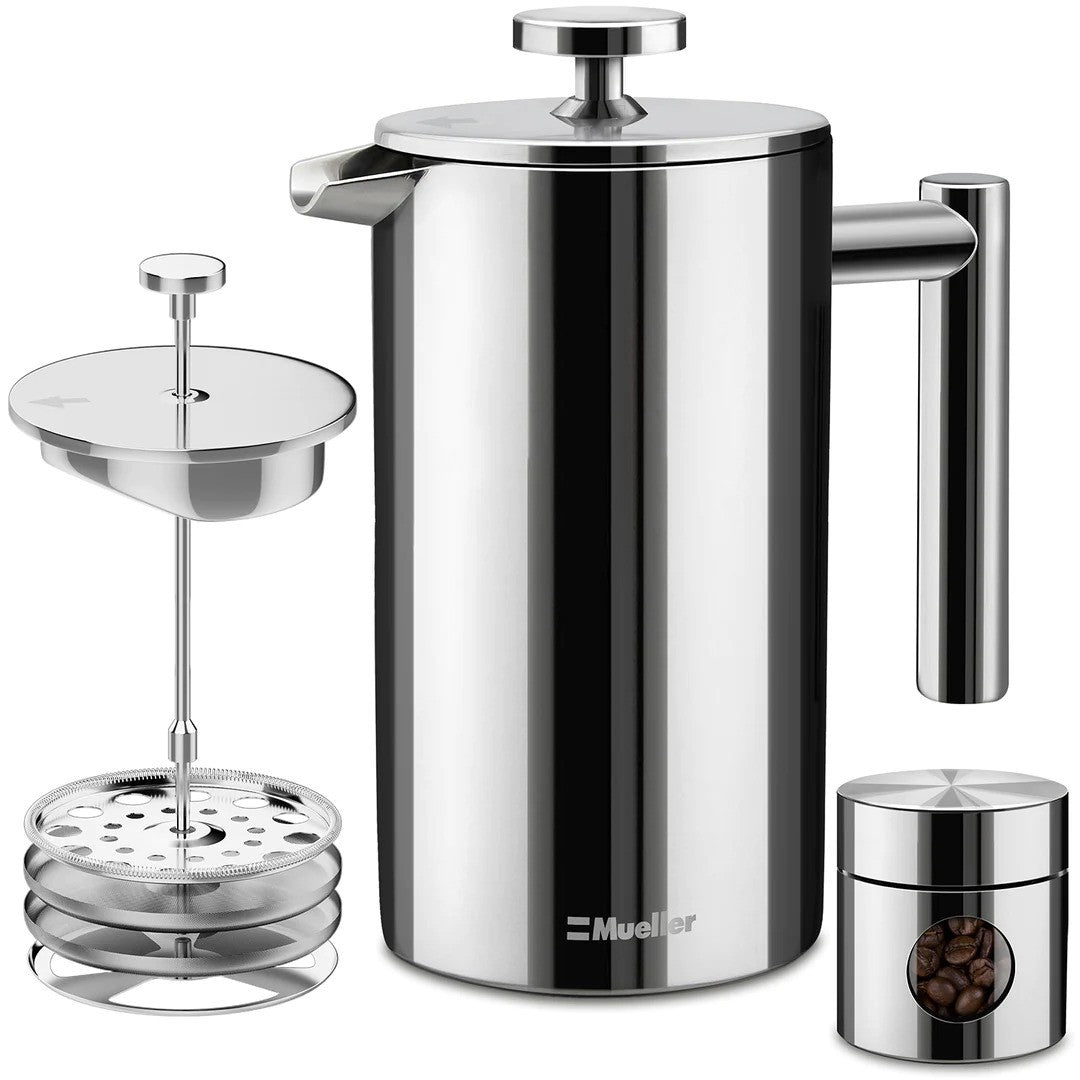Sweet Coffee by Karen Paterson
Most of the coffee sold and served in the world is bitter and sour. Yet, red ripe coffee beans contain natural sugars and have a sweet taste. Not the sweetness of a candy bar or a soft drink but the subtle sweetness of a ripe fruit. At the Hula Daddy plantation we let visitors pick red ripe beans and taste them. They always expect an acidic bitter taste, they are surprised when they find the fruit is sweet and tasty. So how does a sweet fruit become a bitter, sour cup of coffee?
One way that bitter coffee is created is that it started out bad. Under ripe coffee beans and overripe coffee beans are not sweet. The maximum sugar content in a coffee cherry occurs when it is red ripe. A red ripe coffee cherry has almost as much sugar as a wine grape. Green and yellow beans add an acidic and sour taste to coffee. Brown and black beans add a fermented vinegar taste. https://www.huladaddy.com/?p=771
One of the problems for farmers is that most coffee pickers in the world are paid by the weight or the volume. If a picker can get away with it, he can make more money by picking everything on the tree regardless of quality. (In some countries, it is common to throw rocks into the picking baskets to increase the weight.) Coffee mills try to take out unripe cherries by using green bean separators and take out overripe cherries by using water floatation but they can’t get all of the unripe and overripe beans out. It takes less than 4% percent of bad beans to ruin a cup of coffee.
When a coffee bean is ripe it is the best it is every going to be. If it is processed well, the coffee will remain sweet and tasty. However, any mistake in production can ruin the coffee. Some of the common mistakes are:
Delayed pulping – As soon as coffee fruit is picked it starts to ferment. If the fruit is removed from the bean the same day it doesn’t affect the flavor of the coffee. However, if the cherries are stored overnight or longer you can smell the ferment coming out of the bag of picked fruit. As the fruit ferments it gives off heat which encourages more ferment. Within a day the beans have lost most of their sweetness. The taste of ferment is the taste of vinegar.
Bad Washing- A ripe coffee bean is surrounded by thick sticky natural sugars. In the natural process the sugars are left on the bean. However, most coffees are “washed” by soaking in water and letting yeasts ferment the sugars. The yeasts convert the sugars around the bean into soluble organic compounds. If the beans are under fermented they retain sugar on the skin which can attract mold and fungus. Coffee with mold or fungus in it tastes grassy. If the beans are over washed enzymes convert the organic compounds into acids with give the beans a bitter taste.
Bad Drying – Once a bean is washed it contains about 60% water. The bean has to be dried to between 9 and 12% water for quality roasting. If the beans are not dried properly they lose their sweetness – too hot, too wet, too cold, all affect bean quality.
Bad Roasting – Probably the number one killer of coffee sweetness is bad roasting. Think of a piece of toast. If you drop it into a toaster it should come out evenly tan. A piece of toast that is burned or half toasted is not gourmet quality. Beans that are over roasted, under roasted or scorched do not make a sweet cup of coffee.
Old Beans/Bad Storage – Less than 0.2% of a coffee bean contains the flavor. It doesn’t take much to drive that flavor out of the bean. Old coffee doesn’t taste bad, it just tastes flat and lifeless. Poor storage prematurely ages coffee beans and drives the flavor out.
Poor Brewing – High quality coffee should be brewed well. Badly brewed coffee does not taste sweet. https://www.huladaddy.com/?p=256
So the next time you order a cup of coffee that tastes bitter, give a moment of silence for those poor mistreated beans that tried to become a sweet cup of coffee.
Karen Jue Paterson is the owner of Hula Daddy Kona Coffee, a 33 acre coffee farm in Kona, Hawaii. She is a member of the Hawaii Coffee Association, the Kona Coffee Council, the Kona Coffee Farmers Association, the Holualoa Village Association and the Specialty Coffee Association of America. She is also the author of a number of articles on Kona Coffee including: Kona Coffee Farmers at a Crossroad https://www.huladaddy.com/?p=696 ;How Typica is Your Kona Coffee? https://www.huladaddy.com/?p=710 ; Are Roasters Eroding the Kona Coffee Brand?https://www.huladaddy.com/?p=952; Coffee Cupping Competitions – Real or Random Chance? https://www.huladaddy.com/?p=1670 ; Seven Easy Steps to Become a Gourmet Coffee Taster https://www.huladaddy.com/?p=1785 ; How to Brew Coffee Using a Pour Over Filter https://www.huladaddy.com/?p=1754; Before You Buy an Automatic Single Serve Coffee Brewer https://www.huladaddy.com/?p=1899; Siphon Coffee Brewers Suck! https://www.huladaddy.com/?p=2026 You can email her at huladaddycoffee@gmail.com #huladaddy #konacoffee

